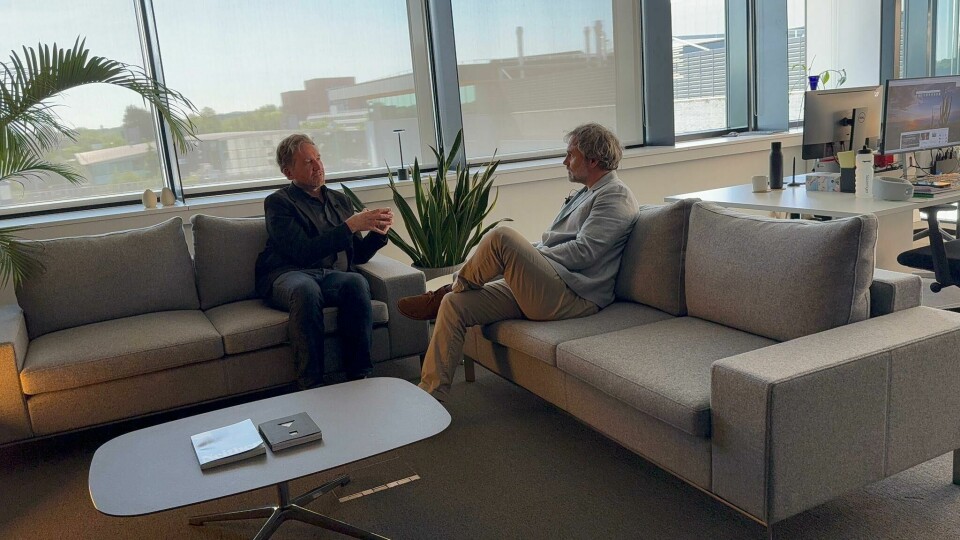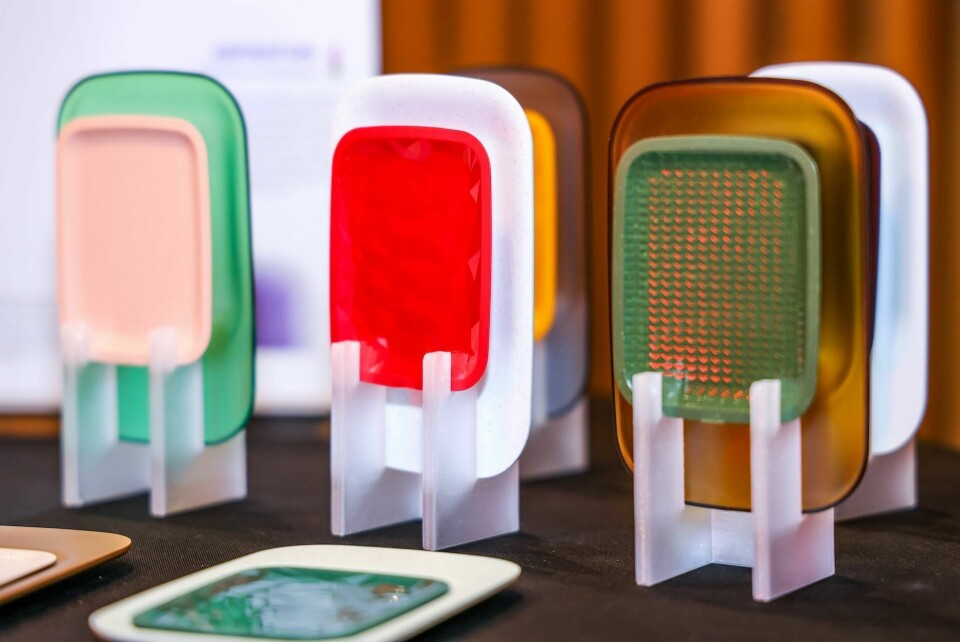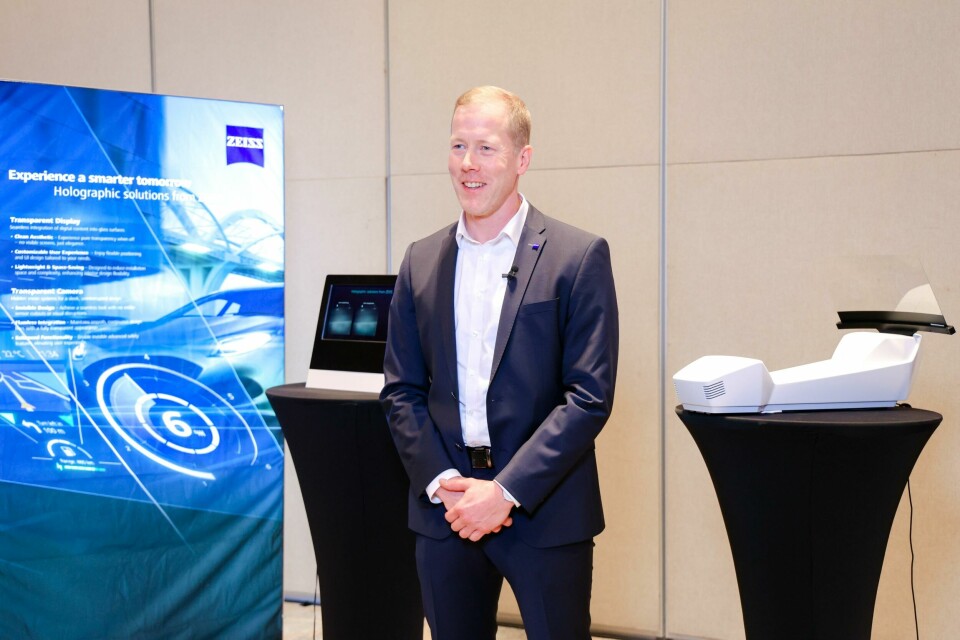Watch: Aurelien Doisy speaks to Car Design News
Aurelien Doisy is a key figure in Tata Motors’ design evolution. From humble beginnings in a rented shed to global recognition, this conversation explores themes of cultural identity, design leadership, and redefining modern automotive aesthetics through a uniquely Indian lens
Related video
-

Martin Uhlarik: “We have nine full programs live in the UK at the moment, 13 globally”
-

“The better the proportions, the less styling you need” – Gary Telaak, Audi
-

Watch: Autodesk on solving pain points in design
-

“Material should be functional but also bring sentimental value”
-

“Haptics, sound and light will be crucial for interiors”
When Aurelien Doisy joined Tata Motors in 2013 after a decade with General Motors in Detroit, the contrast was stark. At General Motors, everything ran like a finely tuned machine—processes, resources, and systems all perfectly in place. At Tata, he found himself stepping into a studio that resembled a makeshift workshop more than a modern design facility. Yet, what it lacked in infrastructure, it made up for in ambition. Doisy saw the early days at Tata as a raw, startup-like environment—full of untapped potential and driven people eager to redefine what Indian automotive design could be.
This entrepreneurial spirit required more than just creativity; it demanded advocacy. Designers weren’t just sketching cars—they were justifying their vision, negotiating for tools, and fighting to bring bold ideas to life. Doisy embraced this challenge, not just professionally but personally. Moving to India was part of a larger decision to reconnect with family and broaden his global experience. What he didn’t anticipate was how deeply the culture would affect his work.
India, Doisy explains, is a sensorial experience—the smells, the light, the human warmth. But it also comes with a distinct philosophy: one of balance, resilience, and mindfulness. These values quickly informed his approach to design. Rather than chasing trends from the West or East, Doisy’s team began building a design identity rooted in Indian ethos—an identity that felt authentic without falling into cliché.
A pivotal moment in this journey was the revival of the Sierra as a concept car. For many Indians, the Sierra was a nostalgic icon. Reintroducing it wasn’t just about style; it was a cultural moment that sparked emotion and pride. The unveiling served as internal validation that design could lead the business, not just follow it.
This design-first approach continued with the birth of the Avinya brand during the COVID era. Initially a speculative design exercise in imagining a born-electric vehicle, Avinya quickly gathered momentum. Leadership — including the CEO and investors — embraced the vision, recognizing the strategic value of design storytelling. It was a turning point: proof that Indian innovation could not only compete globally but offer something distinctly new.
Doisy is acutely aware of the shifting global design landscape. With China pushing aggressively into automotive innovation, the challenge is not to replicate but to differentiate. Tata’s strength, he believes, lies in embracing Indian values—like wellness, hospitality, and sustainability—and translating them meaningfully into design. Through projects like Avinya, Tata aims to create products that are both globally aspirational and intrinsically Indian.
In a world of converging aesthetics, Doisy vision is refreshingly grounded. By defining what Indianness means in the language of design—without resorting to stereotype—Tata Motors is carving out a unique voice. As Doisy puts it, the secret lies in understanding who you are.



